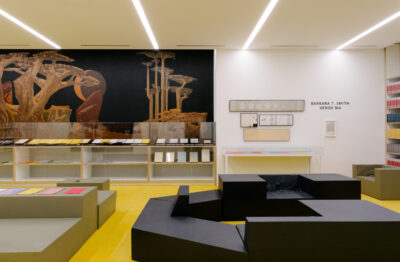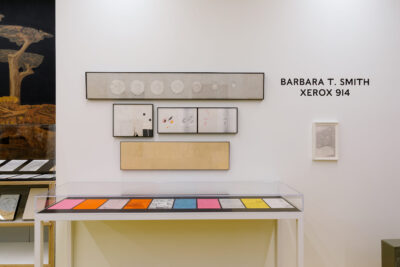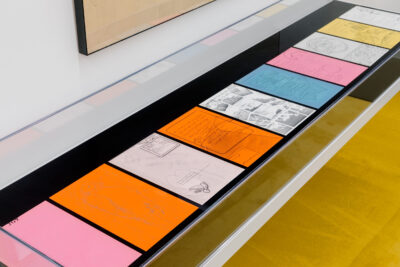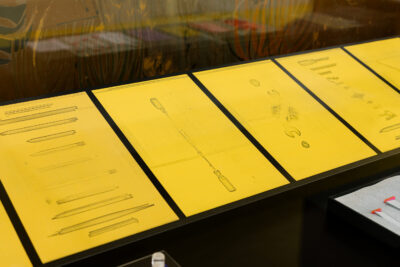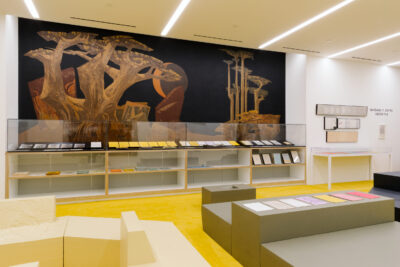Barbara T. Smith (b. 1931, Pasadena) is recognized for her formative role in the development of performance art. Her sustained investigation of the intersection of “real life and performance” is characterized by radical, interdisciplinary actions. Her life as an artist began, in 1966, with a machine. Smith leased a Xerox 914—a photocopier designed to streamline secretarial tasks and named for its ability to reproduce anything up to 9 x 14 inches—and situated the table-sized machine in the dining room of her Pasadena home. Using the machine like a camera, she copied household items, photographs of her children, and most remarkably, her body. Over an eight-month period Smith produced fifty thousand prints using this novel reproductive technology, generating a monumental body of images with which to create two-dimensional compositions, sculptures, and unique artist’s books, as well as to duplicate and distribute her poetry. She was one of the first artists ever to create artwork with a photocopy machine.
The works included in the library present the wide-ranging ways that Smith experimented with iteration, modularity, seriality, and reproducibility, with a particular emphasis on her devotion to writing and process. Smith capitalized on the immediacy offered by the Xerox 914 to test her ideas about art and the self during an era of personal and societal transformations. “The books, the sets, and the pieces became a meditation on the passage of time, they were about life as the journey between two events, beginning and ending, about passages and process being all there is,” Smith wrote at the time, “I was interested in all those days between, the process of how you got there.”
—Jenelle Porter, exhibition curator
-
 John Giorno: No NostalgiaOctober 25, 2025 – April 25, 2026
John Giorno: No NostalgiaOctober 25, 2025 – April 25, 2026 -
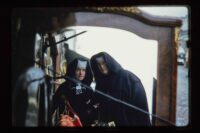 Corita Kent: The Sorcery of ImagesSeptember 26, 2025 – January 24, 2026
Corita Kent: The Sorcery of ImagesSeptember 26, 2025 – January 24, 2026 -
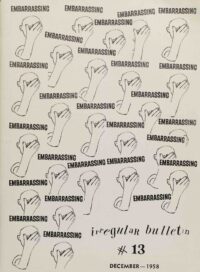 Irregularity: Corita and Immaculate Heart College’s Rule Breaking DesignsSeptember 26, 2025 – January 24, 2026
Irregularity: Corita and Immaculate Heart College’s Rule Breaking DesignsSeptember 26, 2025 – January 24, 2026 -
 Kristen Wentrcek and Andrew Zebulon: QuaternionOngoing
Kristen Wentrcek and Andrew Zebulon: QuaternionOngoing -
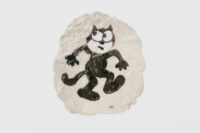 Transmissions: Selections from the Marciano CollectionOngoing
Transmissions: Selections from the Marciano CollectionOngoing -
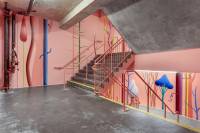 Nicolas Party: TreesPermanently On View
Nicolas Party: TreesPermanently On View -
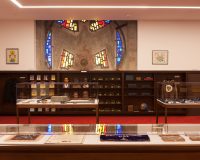 Masonic Objects: The Relic RoomPermanently On View
Masonic Objects: The Relic RoomPermanently On View


